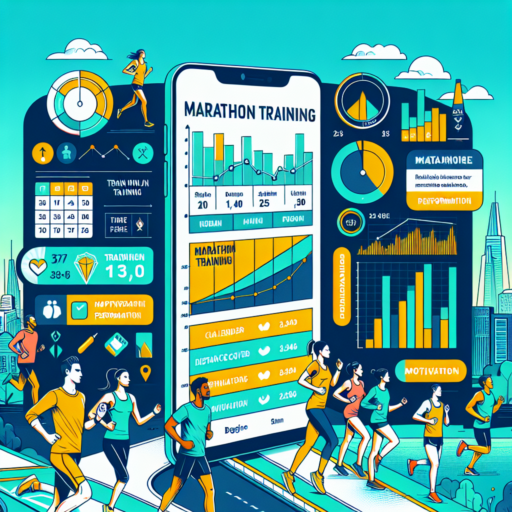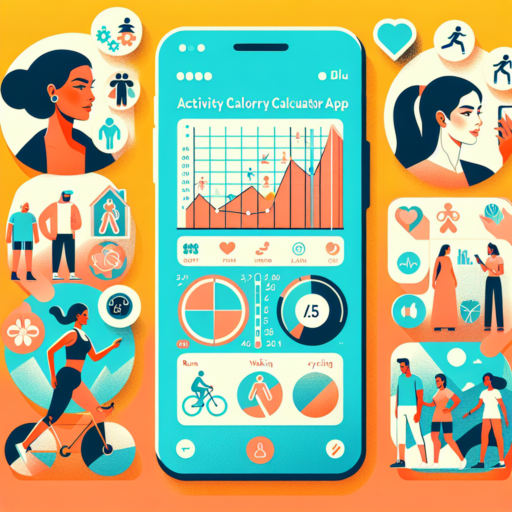Is there an app for training to run a marathon?
When it comes to preparing for a marathon, finding the right tools to support your training journey is crucial. Fortunately, the digital era offers a myriad of solutions for aspiring marathoners. Yes, there are several apps specifically designed to help runners train for a marathon. These apps cover everything from beginner-friendly plans to advanced training strategies, meals, hydration tips, and much more. They are crafted to guide you step by step as you build your endurance, speed, and confidence to tackle the marathon distance.
One of the prime benefits of using a marathon training app is the personalized training schedules. These apps often ask for your current fitness level, running history, and goal time to tailor a training plan that fits your needs and lifestyle. This personalization ensures that you’re not overtraining or under-training, both of which are common pitfalls for marathon runners. Moreover, the interactive features, such as progress tracking and virtual coaching, provide a form of accountability and motivation that can be hard to maintain otherwise.
Additionally, many marathon training apps include features such as injury prevention exercises and recovery tips, ensuring that your body remains in top condition throughout the training period. The integration of social sharing features allows you to connect with a community of fellow runners, sharing tips, encouragement, and experiences, which can be incredibly uplifting during those tougher weeks of training.
How do I create a marathon training schedule?
Creating a marathon training schedule is a crucial step for both novice and seasoned runners aiming to reach the finish line feeling strong and healthy. The key is to tailor your plan according to your current fitness level, marathon goals, and personal schedules. Here’s how to start:
Understand Your Base
Before diving into marathon training, it’s essential to have a solid running base. This means you should be comfortable running for at least 30 minutes without stopping. If you’re not there yet, start by building your endurance with regular, shorter runs. Acknowledging where your fitness level currently stands will help in setting realistic marathon goals and in crafting a schedule that gradually increases mileage without risking injury.
Structure Your Training Plan
Most marathon training plans range from 12 to 20 weeks, depending on your experience and goals. A balanced plan should include a mix of easy runs, long runs, speed work, and rest days:
- Easy runs help in building aerobic fitness while allowing your body to recover from more intense sessions.
- Long runs gradually increase in distance and are crucial for building endurance.
- Speed work (such as intervals and tempo runs) improves your running economy and pace.
- Rest days are vital for recovery and injury prevention, allowing your body to adapt and grow stronger.
Incorporate Cross-Training and Nutrition
In addition to running, incorporating cross-training activities such as cycling, swimming, or strength training can enhance your overall fitness and reduce the risk of injury by balancing different muscle groups. Equally important is focusing on your nutrition. Eating a balanced diet rich in carbohydrates for energy, lean proteins for muscle repair, and ample fruits and vegetables for vitamins and minerals will support your training and recovery processes.
No se han encontrado productos.
What apps do most runners use?
In the realm of fitness and specifically running, numerous apps have taken center stage, aiding runners in tracking their progress, improving their performance, and staying motivated. Among the plethora of options available, a few have risen to prominence due to their features, user-friendliness, and the vibrant communities they foster.
Runners often seek apps that offer comprehensive tracking capabilities, from distance and time to heart rate and calories burned. Strava stands out for its robust tracking features, social networking aspects, and the ability to connect with a global community of athletes, making it a favorite among serious runners and cyclists alike. Its segment leaderboard and challenges encourage a bit of friendly competition, pushing runners to improve their times and endurance.
Another highly popular app is Nike Run Club. It provides a variety of guided runs, personalized coaching plans, and motivational feedback from elite athletes and coaches. The app’s seamless integration with music and social sharing features enhances the running experience, making it more enjoyable and inspiring for users of all levels.
For those focused on building specific skills or tackling running-related goals, Couch to 5K offers a structured program that gently guides beginners from the couch to completing their first 5K. Its easy-to-follow plan has made it incredibly popular among newbie runners looking to take their first steps in the running world.
These apps not only track physical metrics but also play a crucial role in building a runner’s mental resilience and motivation, showing the multifaceted benefits of incorporating technology into fitness routines.
What is the 10 20 30 running app?
The 10 20 30 running app is an innovative fitness tool designed to help runners of all levels improve their speed, endurance, and overall performance. This app is grounded in a unique training method that segments running workouts into varying intensity levels. The principles of the app are simple yet effective, focusing on intervals of running at different paces to not only enhance physical conditioning but also to keep the exercise engaging and mentally stimulating.
This app operates on a training regime where you run gently for 30 seconds, increase your pace for 20 seconds, and then give your maximum effort for 10 seconds. This cycle is repeated during a workout, providing a balanced mix of aerobic and anaerobic exercise. The segmented structure is meticulously designed to boost cardiac efficiency, increase lung capacity, and accelerate fat burning, making it a well-rounded approach to running training.
Accessibility is one of the greatest strengths of the 10 20 30 running app. It is engineered to cater to the needs of casual joggers longing to break their monotony, ambitious amateurs aiming to set new personal records, and even seasoned runners looking for an effective way to vary their training routines. The intuitive design and user-friendly interface ensure that navigating through the app’s features and functionalities is straightforward, allowing runners to focus more on their training and less on setting up complicated workout schedules.




